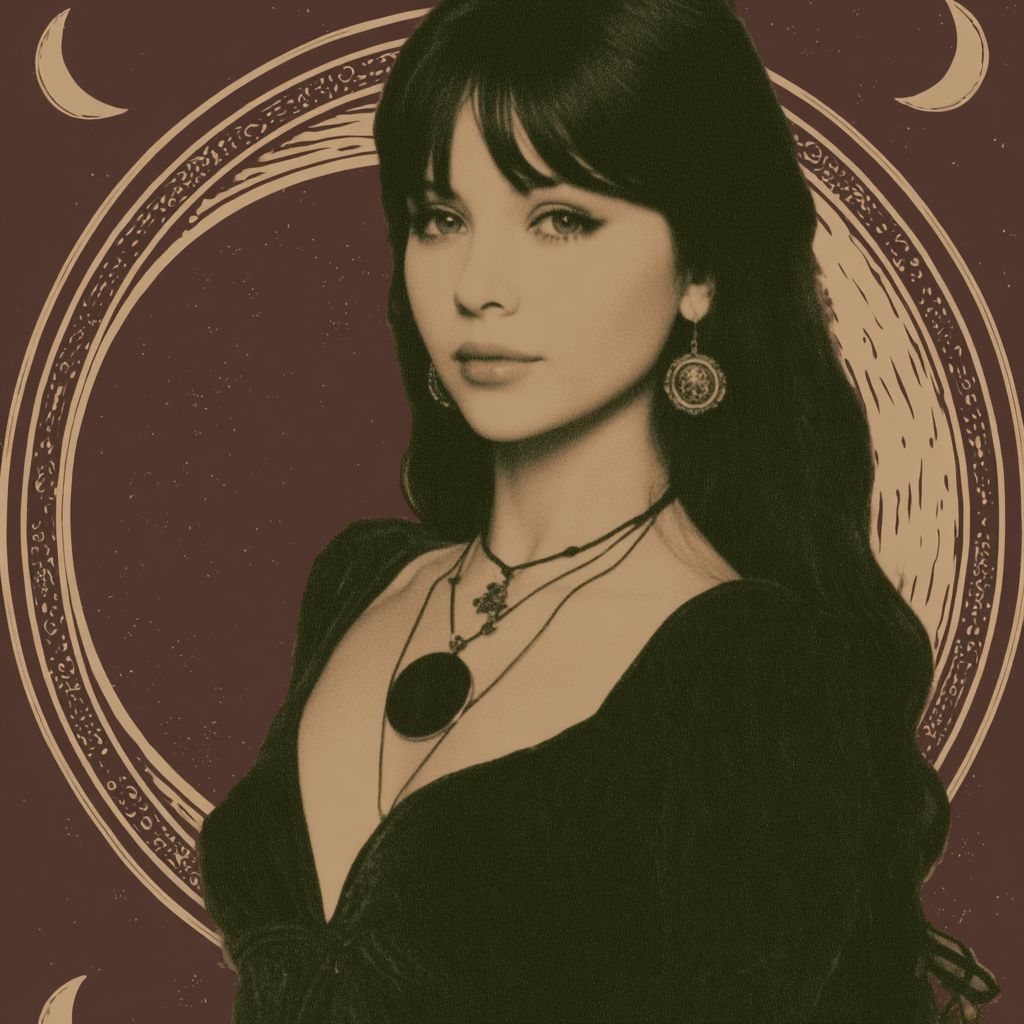
The Moon: The Goddess of the Night
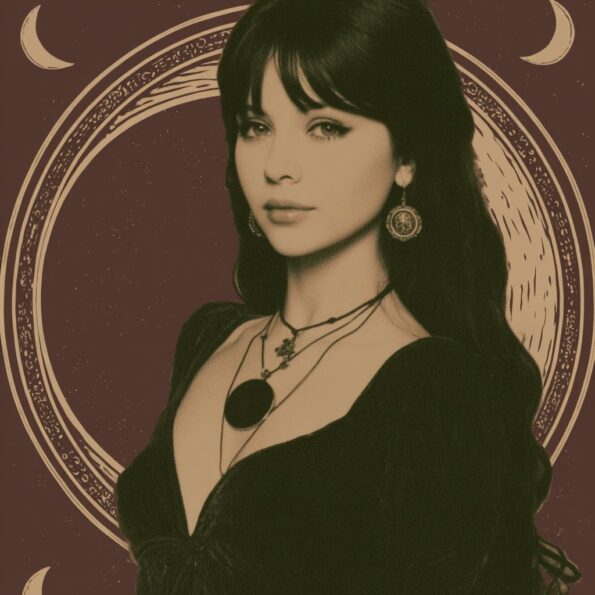 The term “Luminary” is traditionally used to describe the Moon, highlighting its role and significance as a source of light and influence, despite not being a planet. The word itself suggests something greater than mere matter—an entity that illuminates with its own kind of metaphysical magic. In traditional astrology, the Moon stood just behind the Sun in the order of importance—second, but not secondary. She was the counterbalance, the reflective soul to the Sun’s declarative spirit. If the Sun is the conscious self, going out in life with purpose and pride, the Moon is the inner sanctum—the keeper of moods, memories, and the quiet yearning that shapes our nights and dreams.
The term “Luminary” is traditionally used to describe the Moon, highlighting its role and significance as a source of light and influence, despite not being a planet. The word itself suggests something greater than mere matter—an entity that illuminates with its own kind of metaphysical magic. In traditional astrology, the Moon stood just behind the Sun in the order of importance—second, but not secondary. She was the counterbalance, the reflective soul to the Sun’s declarative spirit. If the Sun is the conscious self, going out in life with purpose and pride, the Moon is the inner sanctum—the keeper of moods, memories, and the quiet yearning that shapes our nights and dreams.
In modern astrology, her status has risen—though she was never just a background player to the Sun’s spotlight to begin with. She’s the co-sovereign, the yin to his yang, given equal billing. Her physical pull is quite literal. The tides rise and fall by her hand, like oceanic sighs drawn from the deep. The Moon tugs at the Earth’s watery flesh, and since we humans are mostly water, she tugs at us too. In the intimate rhythms of sleep, mood, and perhaps even madness. The full Moon has long been associated with heightened emotion, strange behavior, and deep longing—not without reason. She lights up the night and our inner lives alike, a lantern for the soul’s hidden corners.
Even the flowers bow to her. There are blooms that only unfurl under her gaze, nocturnal blossoms that hold out for her silvery touch. What could be more romantic, more otherworldly, than a flower that loves the Moon? And culture adores her. She has been serenaded in countless love songs, her light cast across the verses of poets like a soft veil. The Moon reflects us, our longing, our reflection, our introspection. Under her watch, lovers confess, loners wander, and dreamers dream. She is both mirror and muse, pulling at the tides of the heart as surely as she does the oceans.
She is a symbol of all that is gentle yet powerful, mysterious yet familiar. She is the light we turn to in tenderness—in those moments when we are raw, real, and reaching. The Moon is the silvery light of the heavens, the night’s companion, the Luminary of the soul.
The Moon and Femininity
In astrology, the Moon is the feminine archetype, the matriarch, the silent keeper of moods and tides, of menstrual cycles and midnight musings. Ever shifting, waxing, waning—never static, never still—just like our feelings, just like the great mysteries that refuse to be flattened into the sharp lines of logic. She represents nourishment—milk from breast to babe—but also emotional milk, the kind we offer each other through kindness, softness, knowing glances, and unspoken understanding. She’s the womb of time, reminding us that all things change and that in change there is a kind of consistency.
And isn’t it intriguing that in many myths and mystical systems, the Moon governs what’s hidden? The unconscious, the dreamworld, the shadow. It isn’t all flower crowns and lullabies—she also cradles our grief, our longing, our bone-deep knowing that life is to be felt. In womanhood—as in moonhood—there are phases. Maiden, mother, crone—each a moon in her own right.
The Moon is the luminescent mistress of the night. Her presence is so constant and yet so changeable, an enigma wrapped in silver silk, pulling at the tides and the inner waters of our souls alike. She doesn’t demand attention like the Sun does. She invites it—softly, tenderly, as if to say, “Come closer, dear heart. Let’s feel this together.” Where the Sun goes out into the world, the Moon nestles inward, concerned with what is felt rather than what is seen. She speaks in moods, in instincts and dreams. There is something intrinsically rhythmic about her pull, and in that rhythm lies menstruation, pregnancy, the phases of a woman’s life. It’s circular, seasonal—an ebb and flow that honors retreat as much as rise, stillness as much as growth. In this moonlit lens, it’s about turning inward, swaddling our own wounds in the quiet arms of self-care, of solitude, of contemplation. And there is, too, a shadow side, which the Moon does not shy away from. In her darker phases, she reminds us that womanhood is not all sacrifice. It is also rage and grief, silence and sorrow. Astrologically, the Moon governs the home as a physical space but also as a psychic sanctuary—a place where emotions are safe to roam. So when we gaze up at the Moon, we are looking at a symbol of our inner lives, our capacity to feel, to care, to change. We are looking at the embodiment of what it means to be moved by life, rather than to conquer it. And in this glow, there is an invitation—to listen, to feel, and to remember the rhythm that pulses beneath the surface of everything.
The Moon also rules the breast and stomach. Astrologically governed by the Moon, the stomach is a site of emotional digestion as much as physical. It’s no accident we speak of “gut feelings”—this visceral center is often where emotions lodge before they rise to the surface. Anxiety, joy, grief—they all settle there first, waiting to be acknowledged. The Moon’s domain here suggests that emotional processing is a bodily one, deeply embedded in the mechanics of being. And then the womb—the cradle of potential, of mystery, of that which is not yet but could be. The womb is more than a reproductive organ—it is a metaphor for possibility, for incubation, for the pause before emergence. It is the site of becoming. Even in those who do not physically bear children, the symbolic womb exists—a space within where ideas gestate, where hopes are nurtured, where something new is always quietly forming.
Together, these body parts form a kind of lunar trinity—nourishment, transformation, creation. They sustain life, and they tell us how life should be held—with care, with intention, with reverence. The next time you feel the tug of emotion in your belly, the swell of compassion in your chest, or the ache of yearning in the depths of your being—know that the Moon is within you, felt throughout, reminding you that the feminine, the feeling, the fecund—are life.
No One’s Watching
While the Sun in your chart might be the protagonist—the who-you-are-when-you’re-trying—the Moon is the character you play when no one’s watching. It’s the child curled inside you, whispering wants, issuing warnings, tugging gently at the strings of your adult desires with fingers that remember every lullaby, every betrayal, every unmet need. Rooted in our earliest experiences, particularly those connected to the mother or primary nurturer, the Moon holds the blueprint of how we learned to love, how we learned to receive love, and how we cope when love is absent. Was the breast warm or withheld? Was comfort offered or earned? These early impressions etch themselves into the Moon’s domain, forming patterns we replay again and again.
The Moon governs what we need to feel safe—not what we think we need, not what we say we need, but what our bones and bellies cry out for in moments of stress or silence. This is why the Moon’s influence often operates without the finesse of conscious choice. It’s the crying child locked in the attic, pulling at your sleeve in the middle of a romantic dinner. It reacts. It remembers. And it rarely asks permission. And what a curious vulnerability this is—because the Moon isn’t protected by reason or rationale. It doesn’t wear the armor of intellect or ambition. It’s soft. It’s exposed. It’s the ache in your chest when you’re ghosted, the inexplicable joy in a stranger’s kindness, the way you revert to a younger version of yourself when you’re back in your childhood home.
The aspects to the Moon in your natal chart—whether it’s cuddled up to Venus or squaring off with Mars—reveal how your emotional life flows or flinches. A harmonious Moon may grant a sense of inner serenity, an intuitive connection to your own emotional needs. A challenged Moon might bring mood swings, fears of abandonment, or a tendency to overcompensate for a lack once felt but never fully understood. But there’s beauty in this vulnerability. Because in owning our lunar nature—in recognizing and accepting the emotional tides that rise and fall within us—we can stop judging ourselves for being too sensitive, too needy, too irrational. We can begin to parent ourselves, to offer the Moon within us the kind of unconditional regard it always longed for.
The Pale Goddess of the Night
The Moon, the pale goddess of the night, has always stirred our imagination precisely because it operates in the realm of the unseen. Where the Sun offers consciousness, the Moon offers mystery. And mystery, is the very womb from which the mystical is born. Astrologically, the Moon is our gateway to the non-rational, the liminal, the dreamlike terrain where psychic impressions are felt rather than explained. It governs the tides of our oceans, and the tides of our consciousness—dreams, hunches, déjà vu, the inexplicable sense that someone’s about to call just as the phone rings. These aren’t accidents in the lunar paradigm. These are signs from the beyond, little breadcrumbs leading us into the deeper forest of the self.
Its connection to femininity and women only amplifies this mystical lens. Historically, women have been portrayed as more attuned to the hidden, the intuitive, the unseen. In the world of the Moon, perception is power. The feminine lunar energy doesn’t demand proof—it knows. It dreams, it senses, it remembers things never told. And so the Moon becomes a kind of psychic antenna, tuned to something older and more primal. It is the planet of psychics and artists, witches and womb-bearers, dreamers and empaths. It governs the subconscious, the collective emotional undertow, and as such, it holds the keys to what lies beneath—the hidden motivations, the memories, the spiritual inheritance we receive through soul lines.
Many mystical traditions see the Moon as a portal. It’s the veil, the in-between place, the dream-gate through which visions pass. Its phases—new, waxing, full, waning—mirror the spirals of spiritual transformation: beginnings, growth, culmination, release. It teaches us that life doesn’t move in straight lines but in spirals, and that sometimes the most profound wisdom comes through feeling, dreaming, sensing. To be Moon-touched, then, is to live with one foot in this world and the other in the world of spirit. It is to know that not all things can—or should—be explained. If you feel a tingle when the wind shifts, if your dreams carry messages, if your intuition is louder under a full moon, know this: it’s not madness. It’s Moon-ness. A luminous reminder that this world, though bound by time and matter, is also made of mystery.
The Luna types are guided by instinct. They are the ones who feel the mood shift before a word is spoken, the ones who notice the subtle twitch in someone’s smile and tuck that knowledge away like a secret flower pressed between pages. To be a Luna type is to be in relationship with change. The quiet, constant evolution of things—the shifting light in the sky, the way a friend’s laughter carries different undertones, the rise and fall of one’s own moods like waves upon a shore. These individuals don’t resist the flux; they live in it. Because of this attunement to life’s subtleties, Luna types often prize emotional security over external accolades. They’re less concerned with building empires and more focused on cultivating safety—be they physical homes or safe emotional spaces within relationships. Their ambitions, if they have them, are often wrapped in warmth: to love and be loved, to care and be cared for, to know and be known in the marrow of one’s being.
In relationships, they are the emotional anchors—the ones who remember your birthday and the dream you had six months ago. Their compassion is woven into their very being. When you’re with a Luna type, you feel seen in the soul sense, as if your vulnerabilities are welcome, your tears understood before they even fall. But their gifts are not without their shadows. This same sensitivity can lead to over-identification with others’ pain, or a retreat into shell-like withdrawal when the world becomes too harsh. They may cling to what feels familiar out of a deep reverence for emotional continuity. Routine, for them, isn’t dull—it’s comforting. A known rhythm in a world that spins with unpredictable speed.
The Moon in the natal chart is a portal to the private theatre of our emotional world, a key to the locked drawers of our psyche. Within this lunar realm, we find the part of us that cries in the quiet, that yearns without logic, that holds memories in the body long after the mind has forgotten.
Her placement is like a fingerprint pressed upon the soul—unique, intimate, indelible. The house she dwells in, the sign she cloaks herself with, the aspects she makes with other planets—these form the contours of our emotional landscape. How we learned to feel. And more poignantly still, how we learned to be felt. The Moon speaks in the language of memory, and she begins her tale with the mother—or the first caretaker, that primal presence who fed us with feeling. Before we had words, we had sensations: Was I held? Was I heard? Was I safe? And it is from this earliest communion that the Moon in our chart begins to form our emotional reflexes. If that early bond was warm and consistent, our Moon may rest easily, trusting the world to hold us. If it was cold or chaotic, our lunar self may still be searching, still flinching at the thought of need.
This is why the Moon’s story is so personal. She doesn’t just indicate what we like or dislike emotionally—she reveals why. Why we run from closeness or crave it obsessively. Why we offer nurture like an open faucet or guard our tenderness like a locked chest. The Moon doesn’t care much for appearances. She’s not the mask we wear in public—she’s the raw skin beneath. She’s not what we want the world to see—we’re lucky if we’ve let ourselves see her clearly.
Yet, this vulnerability is her strength. Because to know one’s Moon is to begin the process of re-parenting the self. To understand the roots of your emotional habits is not to be trapped by them—it is to bring them into the light, to hold them gently, and perhaps, to begin to heal. For the Moon also shows us what we need to feel safe now: Do you need quiet or company? Solitude or softness? Routine or freedom? Your Moon knows. She’s been listening since the very beginning. So in your natal chart, look to the Moon as you would a childhood photograph— to remember. To see who you were before the world told you who to be. And perhaps, in seeing that, to give yourself the very care you’ve always needed. For the Moon is not only the record of what was lost—but the map toward what can still be found.
“THE MOON Just as the sun and moon are the two most significant celestial bodies for those of us inhabiting Earth, so are the Sun and Moon in the birth chart dominant in the soul’s present life, and are likewise important. Jung attributed the powers of the Sun to the male archetype, and the powers of the Moon to the female archetype; thus the Sun and the Moon represent the classic polarity between the yang, or the active, influential, male essence, and the yin, or the passive and receptive female essence. As such, the Sun symbolizes the patron father, while the Moon symbolizes the nurturing and protecting mother, as well as the home and family. In nature, the moon reflects the sun’s light, so that astrologically speaking, the Moon represents the principle of reception and response. This principle in turn symbolizes the emotions and one’s capacity to sense and to reflect the moods and needs of others; thus the Moon is also identified with care and sympathy. In addition, the Sun represents the present, and the Moon, the past. The Moon reflects what a person was in the past, whether in this incarnation or in the overall past of the soul. The Moon represents the gamut of experiences, memories, impressions, and habits of the past, as well as patterns and behaviors that come naturally to a person. We feel comfortable with these patterns immediately upon birth, because they are already familiar to us, having been rooted in our subconscious. The Moon shows us the roots of our self-image. It expresses the incarnating soul’s deepest needs for security, as well as the means by which the soul searches to fill this need. It also expresses our instinctive reactions and the ways in which we automatically protect ourselves. The Moon represents the subconscious, while the Sun represents the conscious. As such, an astrological look at the relationship between them (for example, the degree of compatibility between their signs and the aspects between them) shows the degree of a person’s capacity to integrate the conscious self and the subconscious self. This integration is what contributes to the completeness of the personality.” Karmic Astrology: Past Lives, Present Loves by Ruth Aharoni
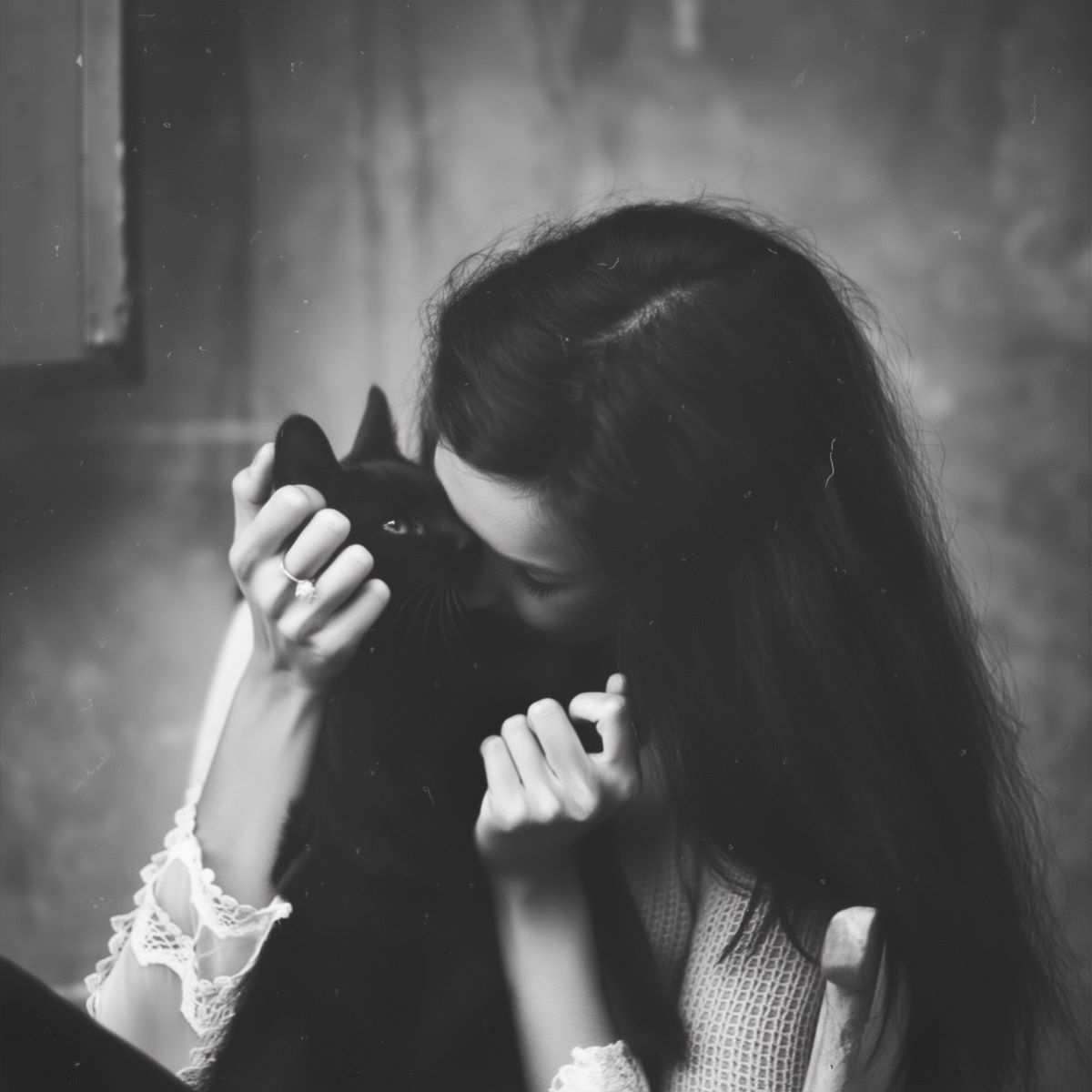
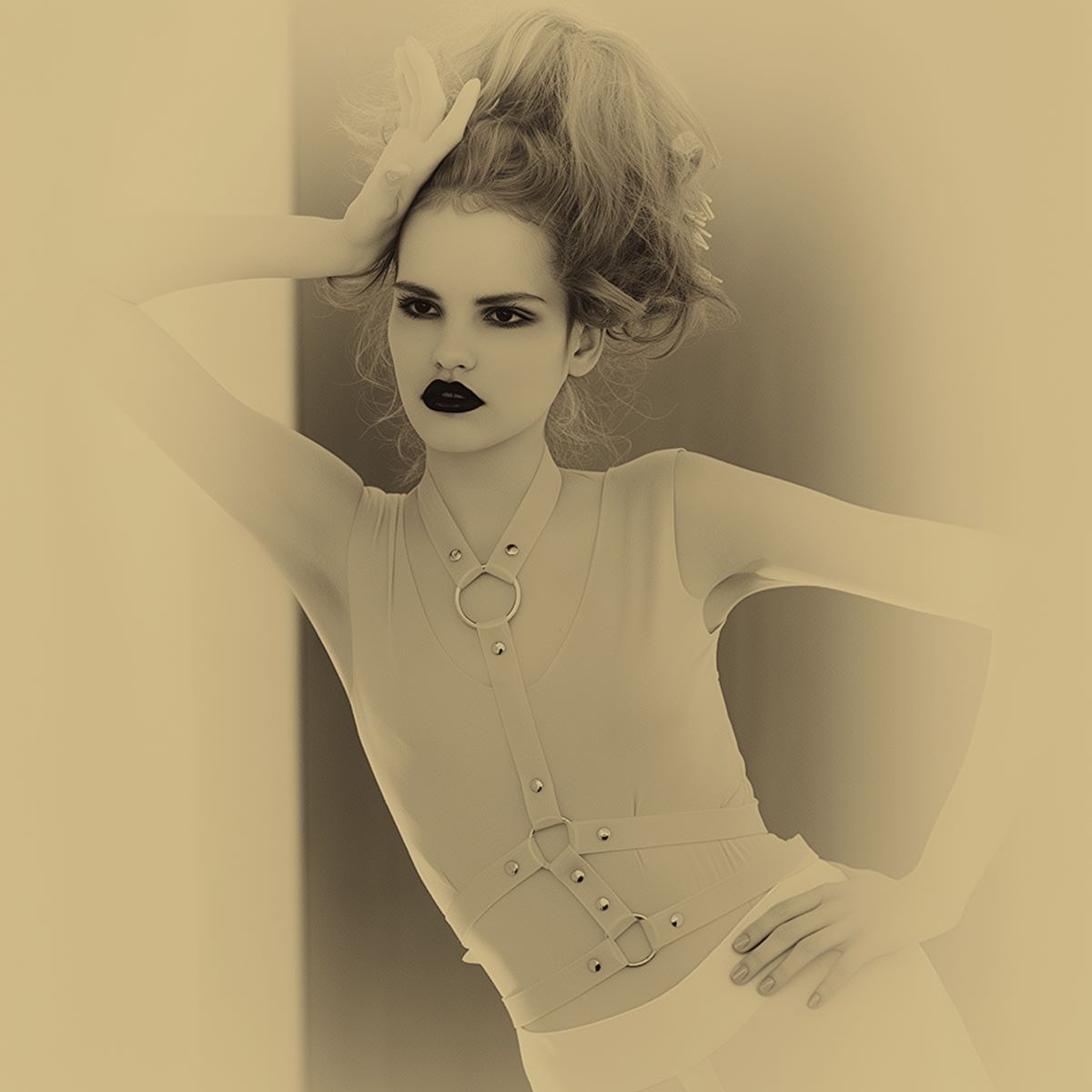
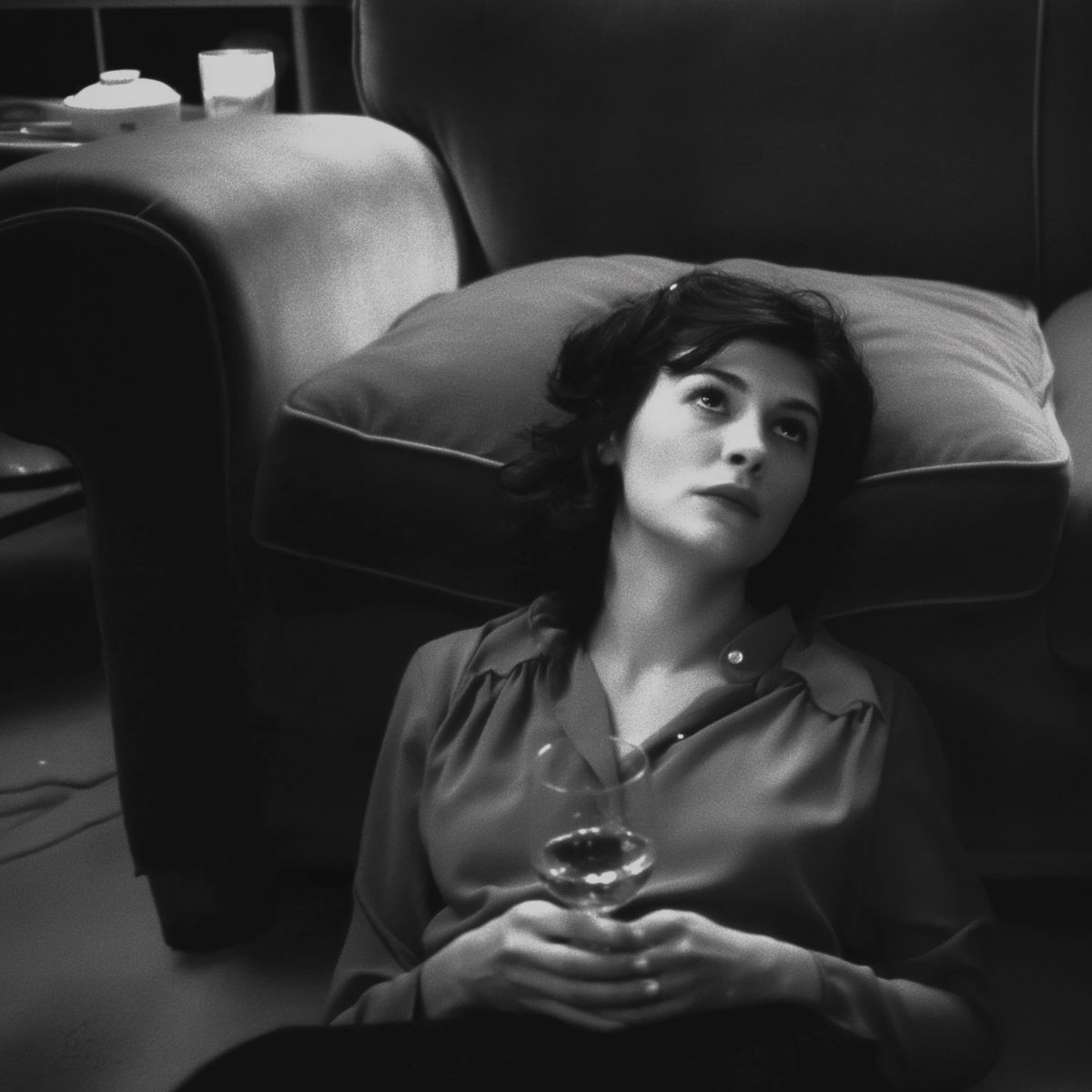

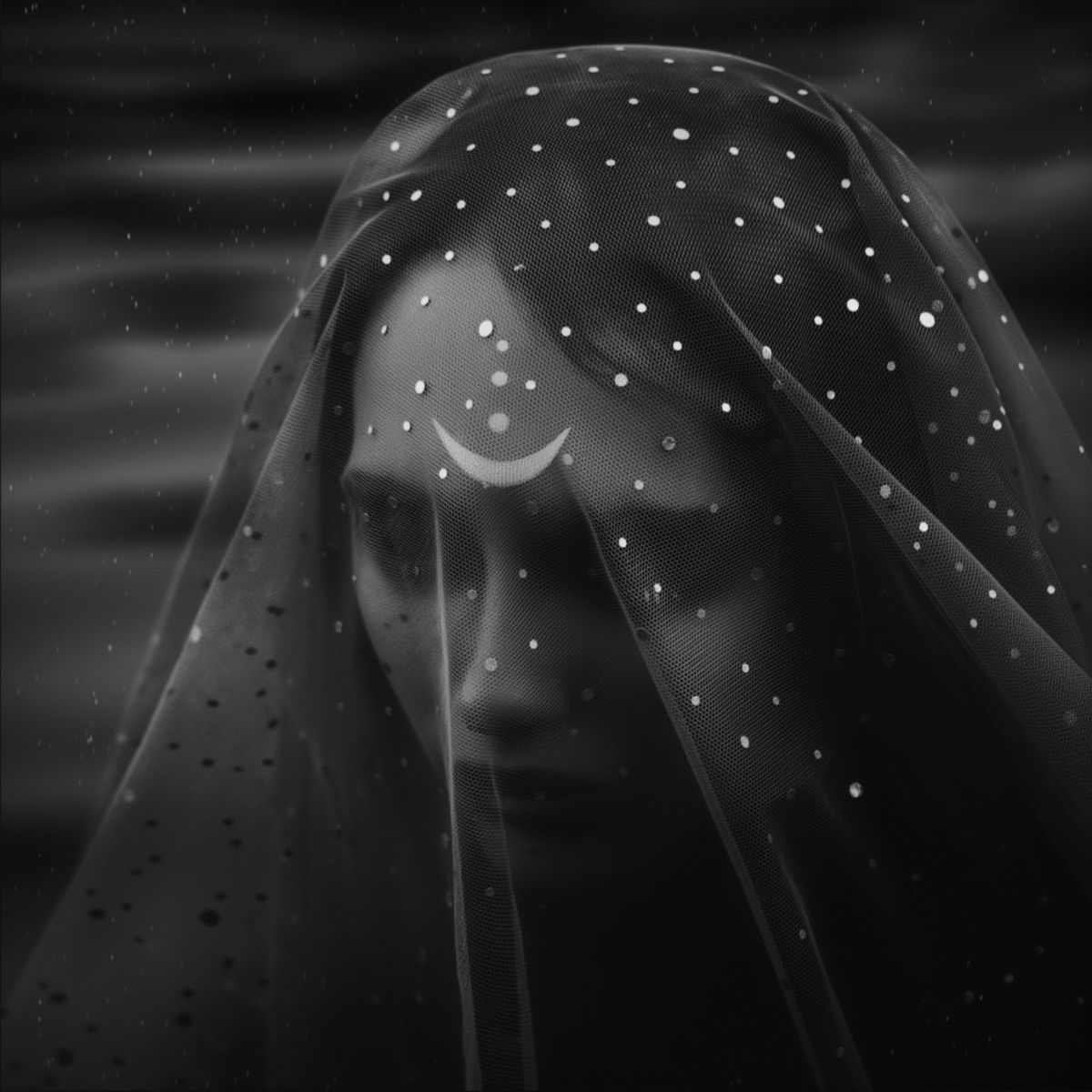
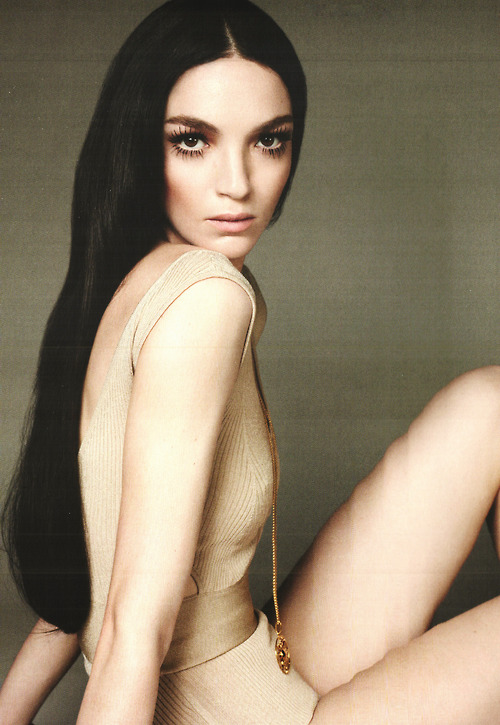

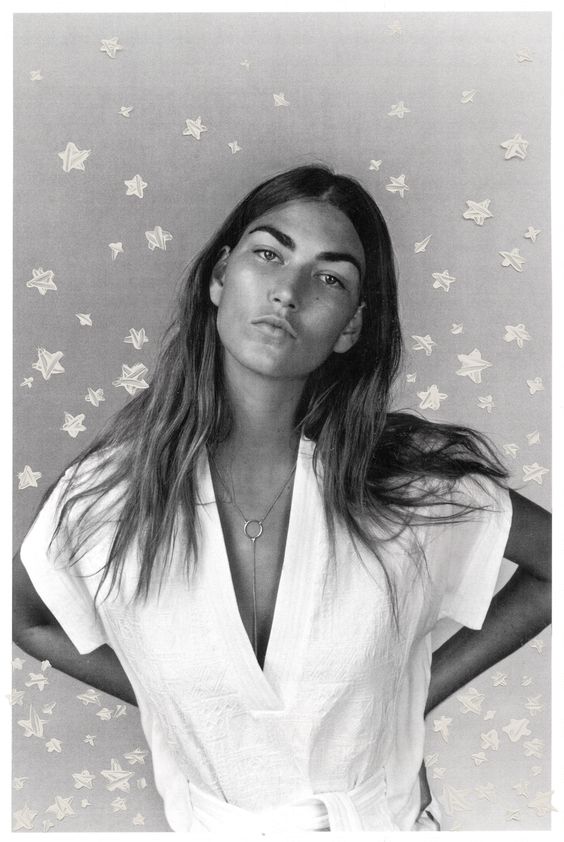

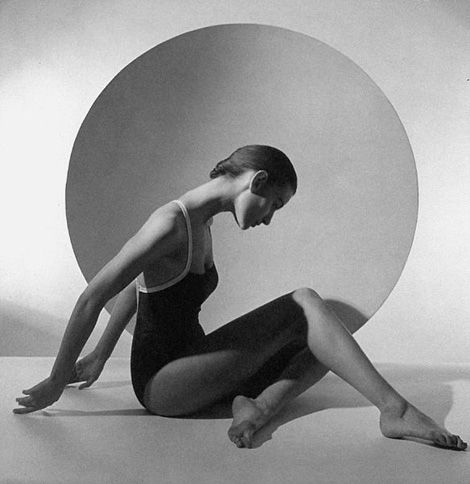
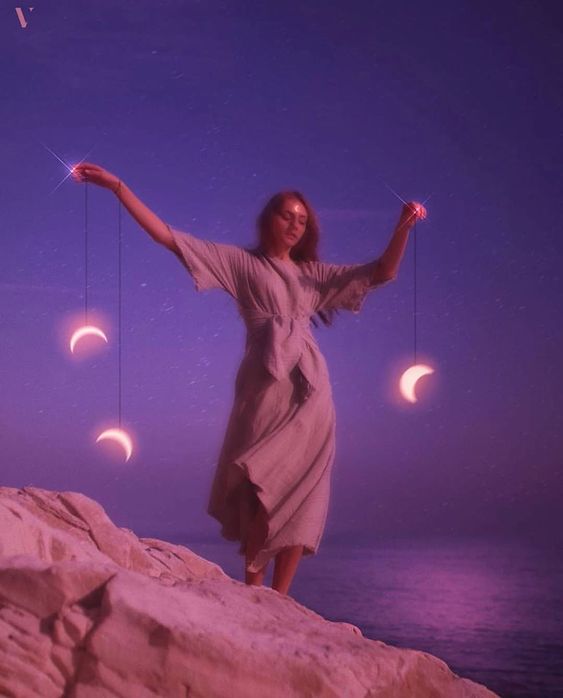

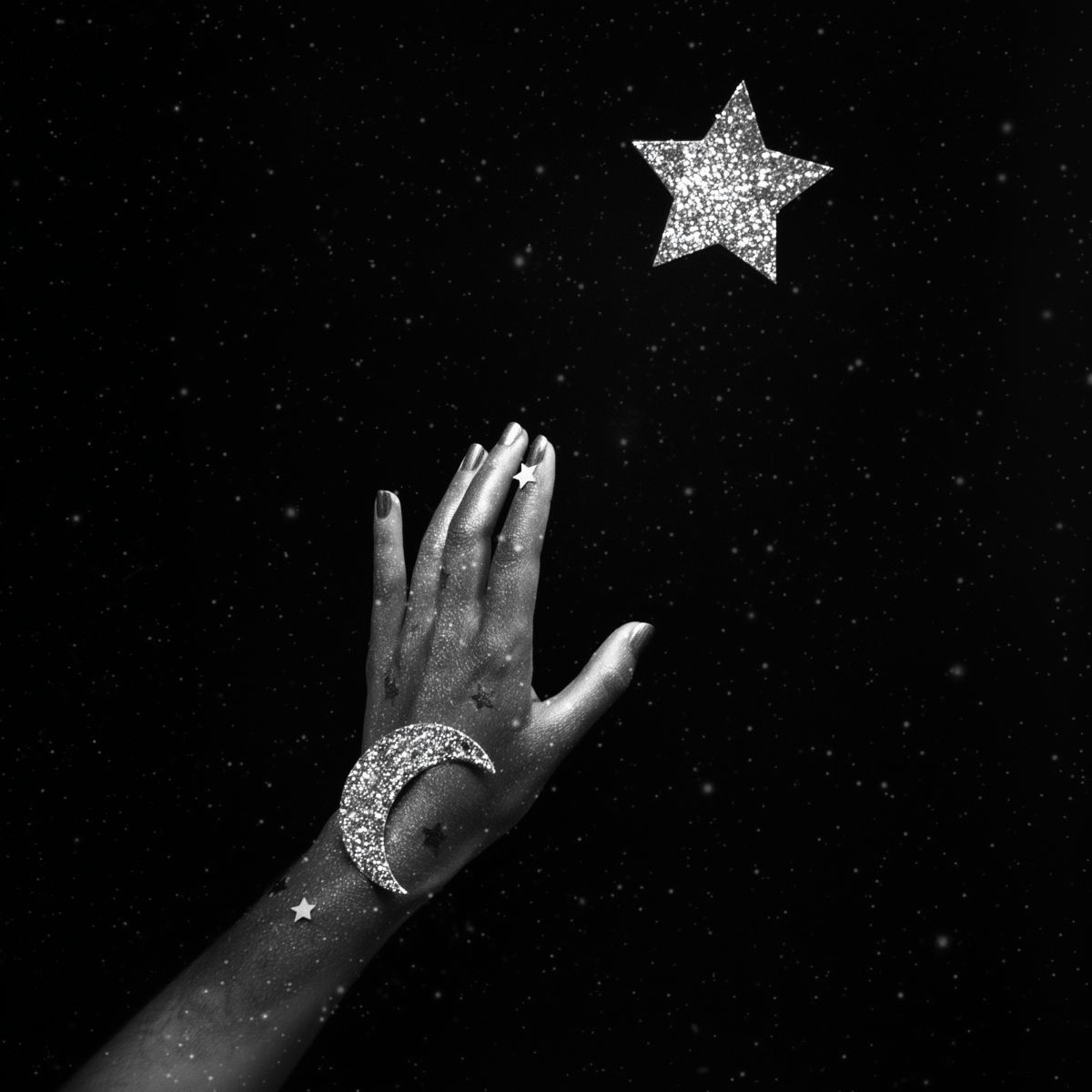
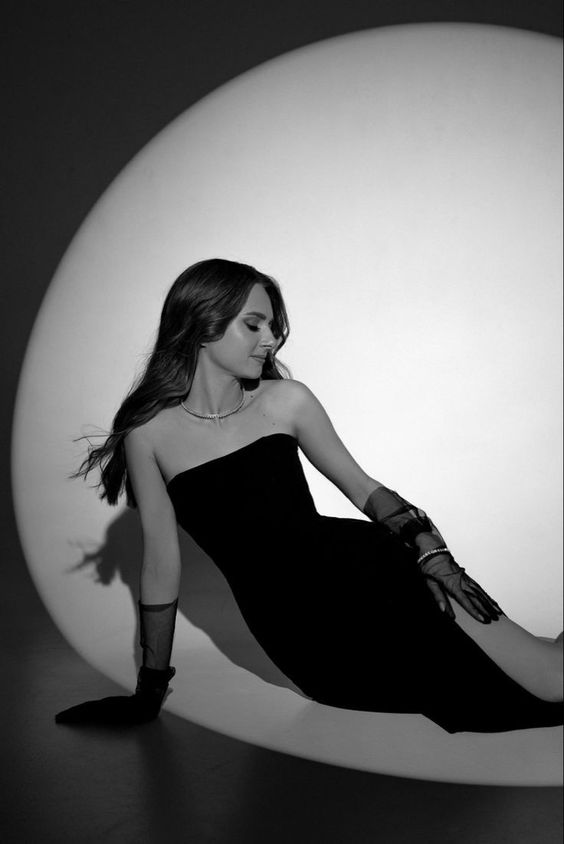
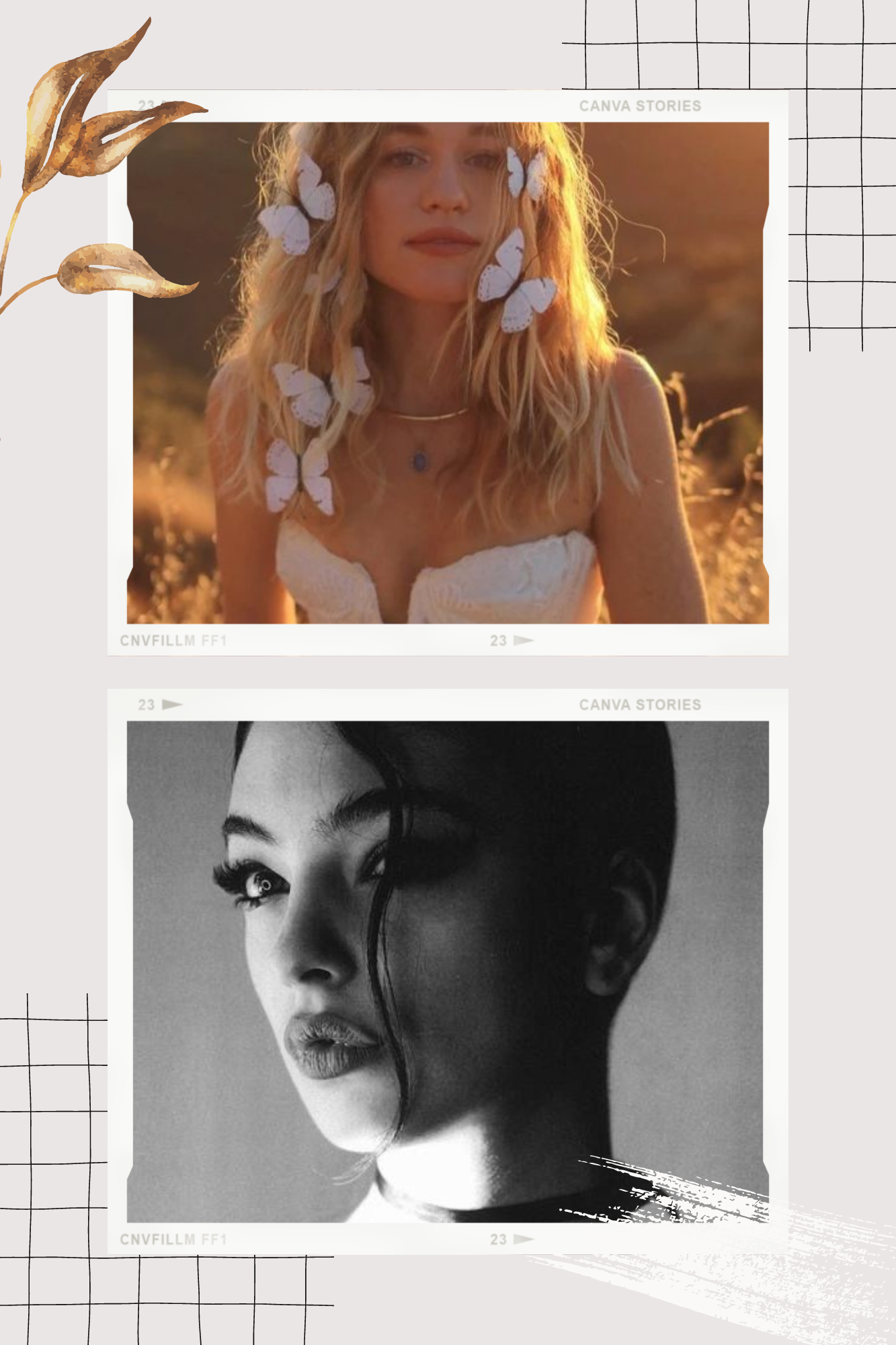
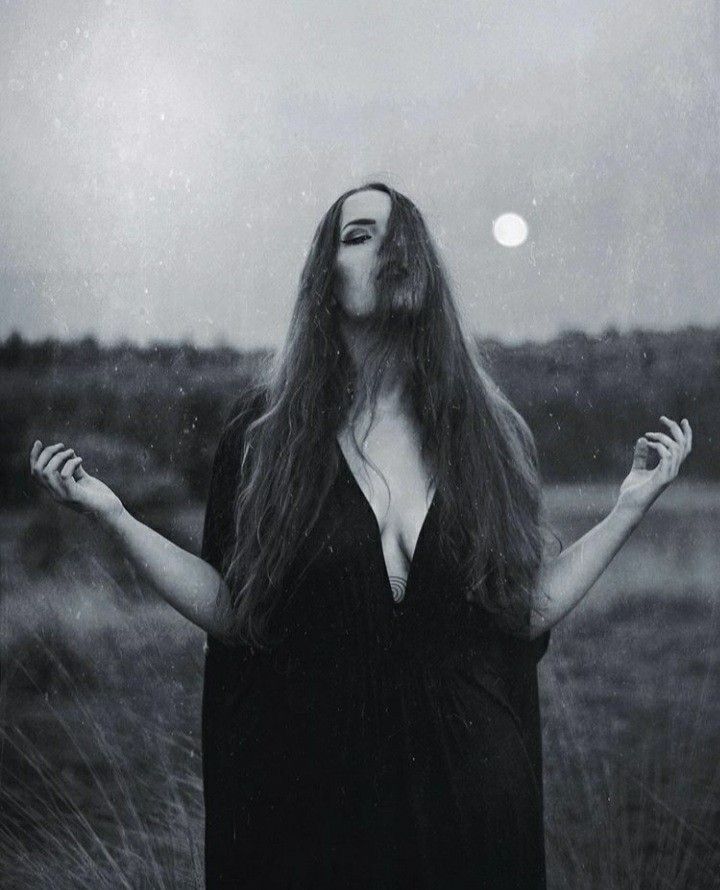
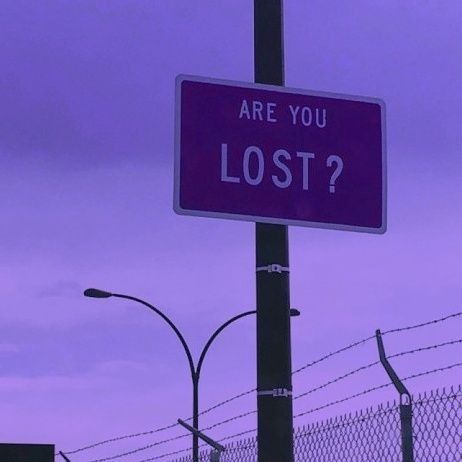

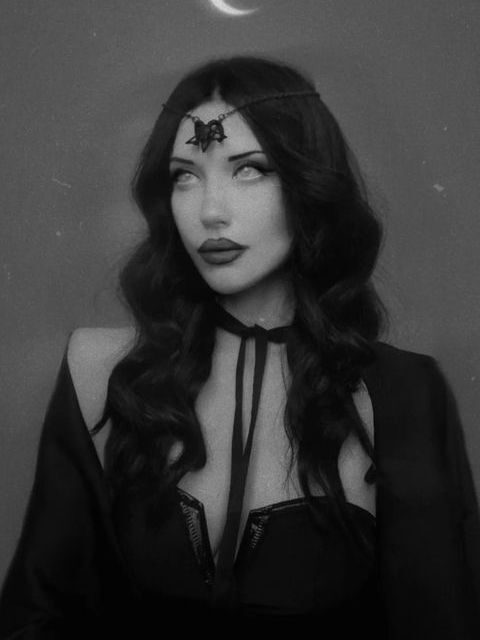
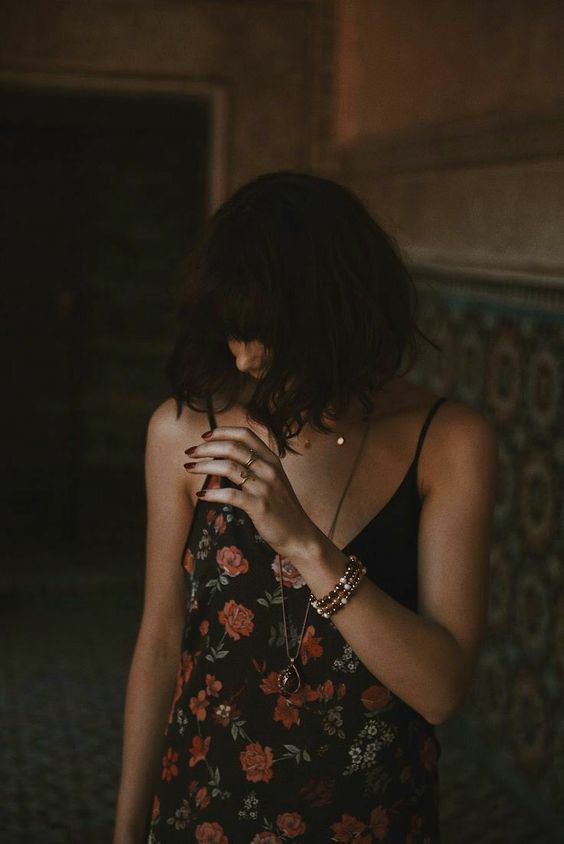 Venus Trine Pluto: Dark Desires
Venus Trine Pluto: Dark Desires
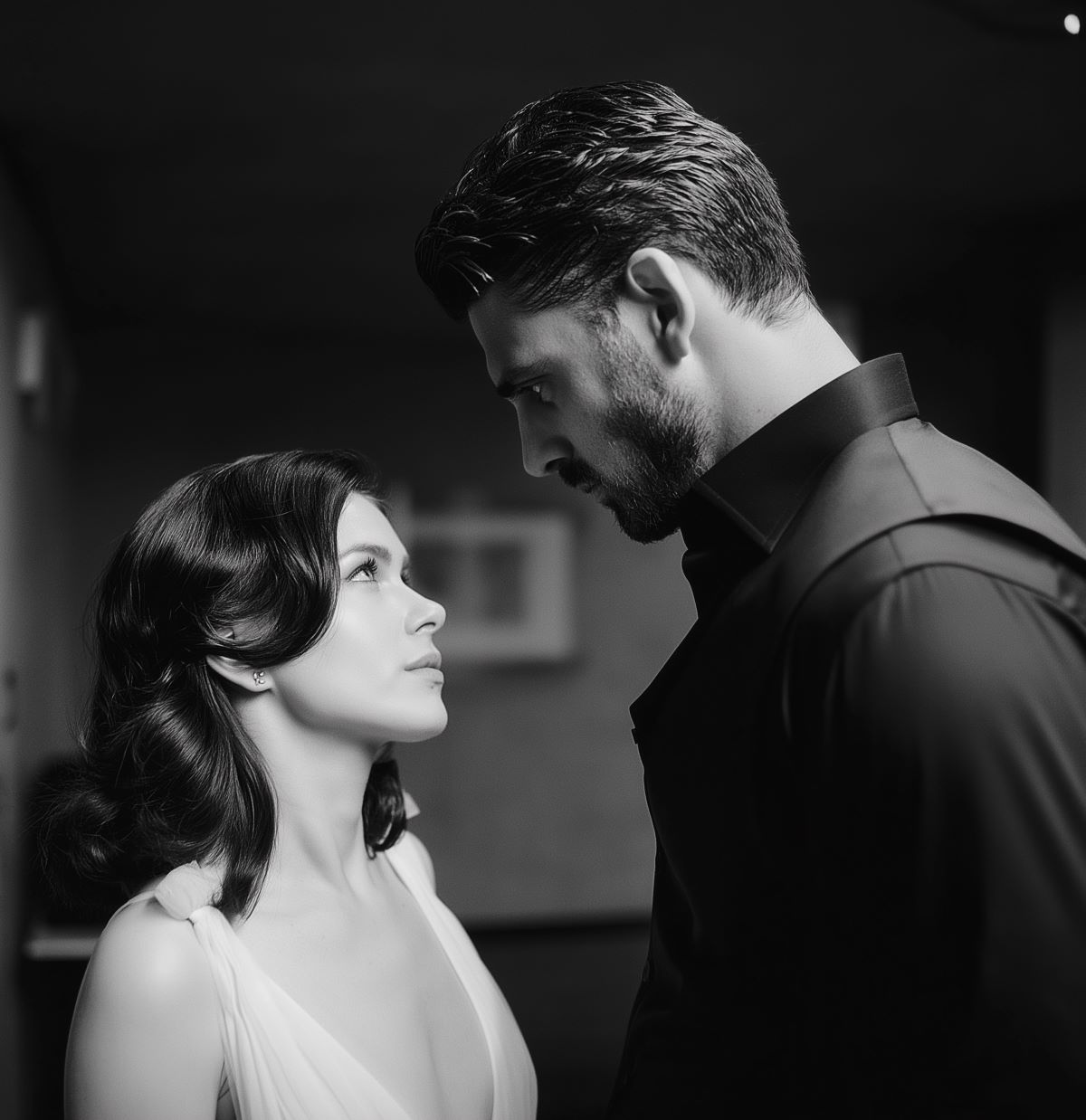 Mars Conjunct Pluto Synastry
Mars Conjunct Pluto Synastry
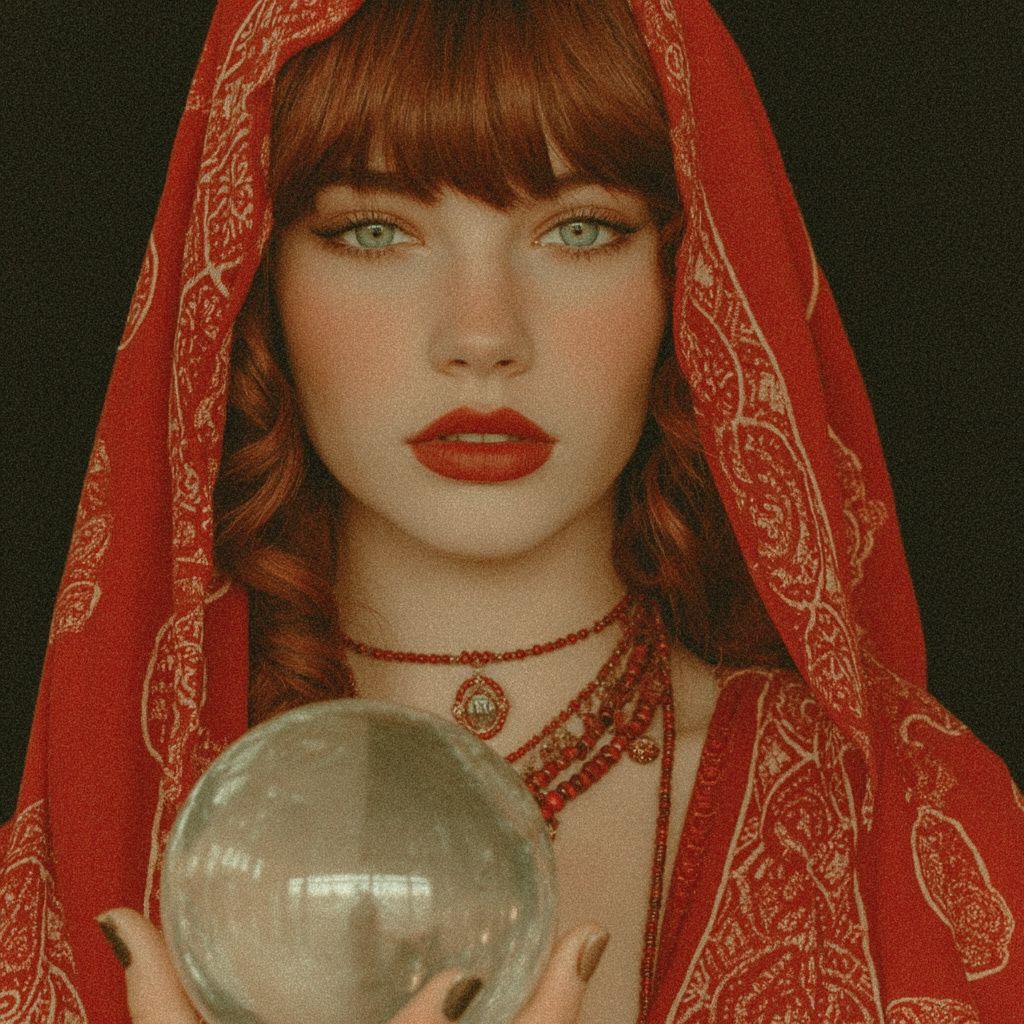 Moon Conjunct Mars Natal Aspect
Moon Conjunct Mars Natal Aspect
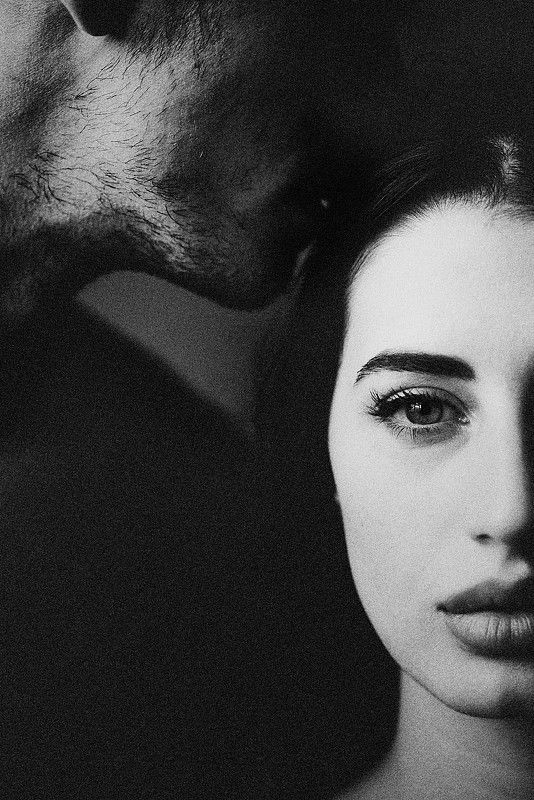 Venus-Pluto Synastry: A Love So Powerful That It Might Just Kill Them
Venus-Pluto Synastry: A Love So Powerful That It Might Just Kill Them
 Sun Square Pluto Synastry: You’ve Got That Power Over Me
Sun Square Pluto Synastry: You’ve Got That Power Over Me
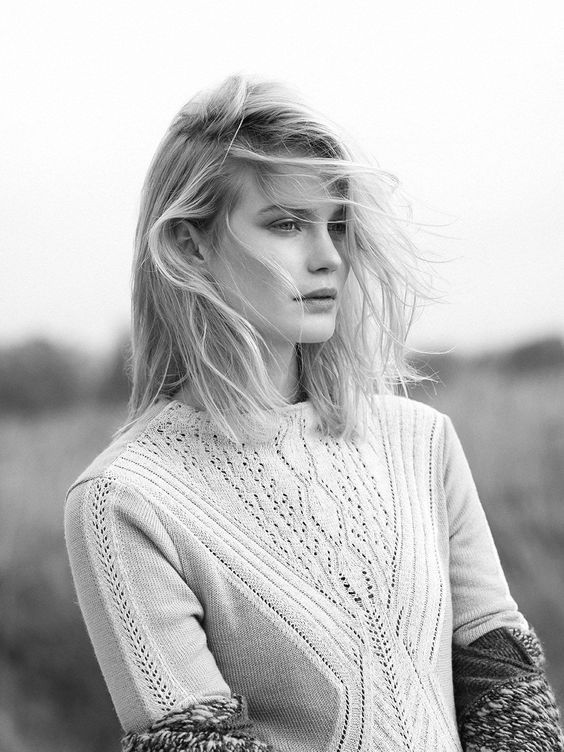 Saturn in the 1st House: From Self-Doubt to Lasting Identity
Saturn in the 1st House: From Self-Doubt to Lasting Identity
 Venus Trine Mars Synastry
Venus Trine Mars Synastry
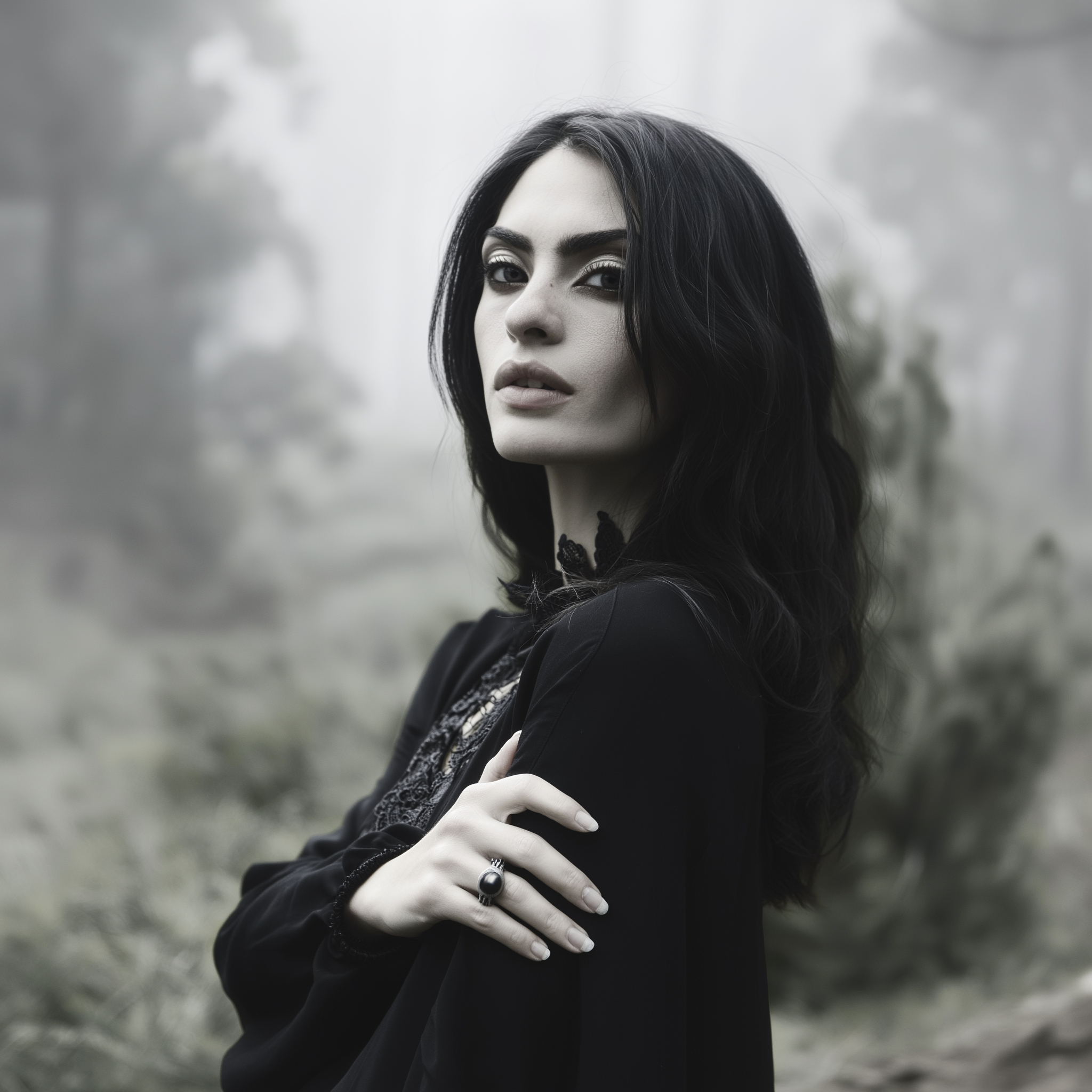 Reflections on a Past Venus-Pluto Synastry Aspect
Reflections on a Past Venus-Pluto Synastry Aspect
 The Scorpio Teenager
The Scorpio Teenager
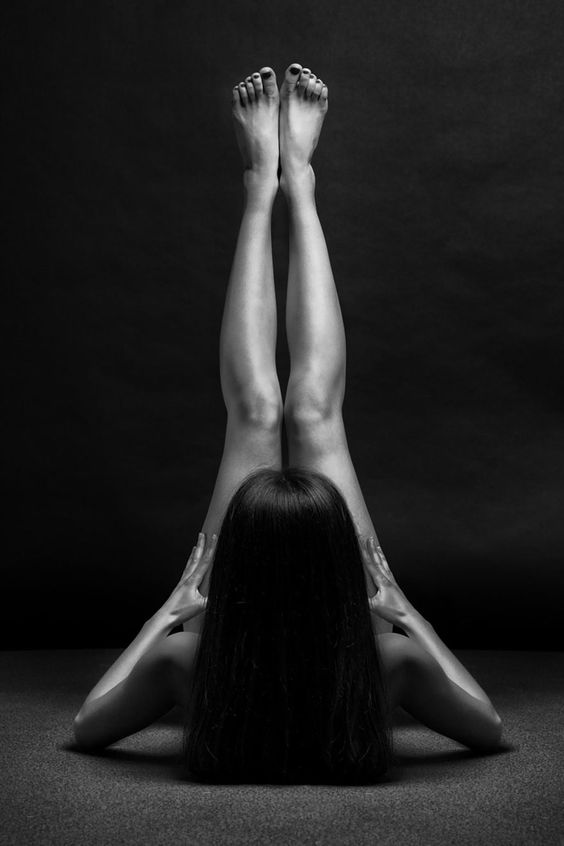 Mars in Aquarius: Sex drive
Mars in Aquarius: Sex drive
 Mars-Pluto Synastry: Something Quite Dark and Dangerous
Mars-Pluto Synastry: Something Quite Dark and Dangerous
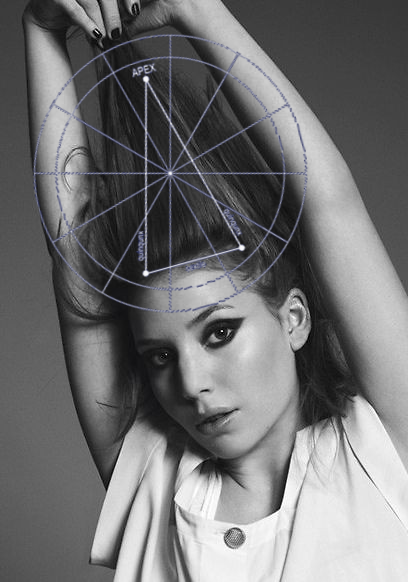 The Yod Aspect Pattern: The Mystical Power of the “Finger of Fate”
The Yod Aspect Pattern: The Mystical Power of the “Finger of Fate”
 Sun Square Pluto Natal Aspect: I Am Titanium
Sun Square Pluto Natal Aspect: I Am Titanium
 Moon Conjunct Pluto Synastry
Moon Conjunct Pluto Synastry
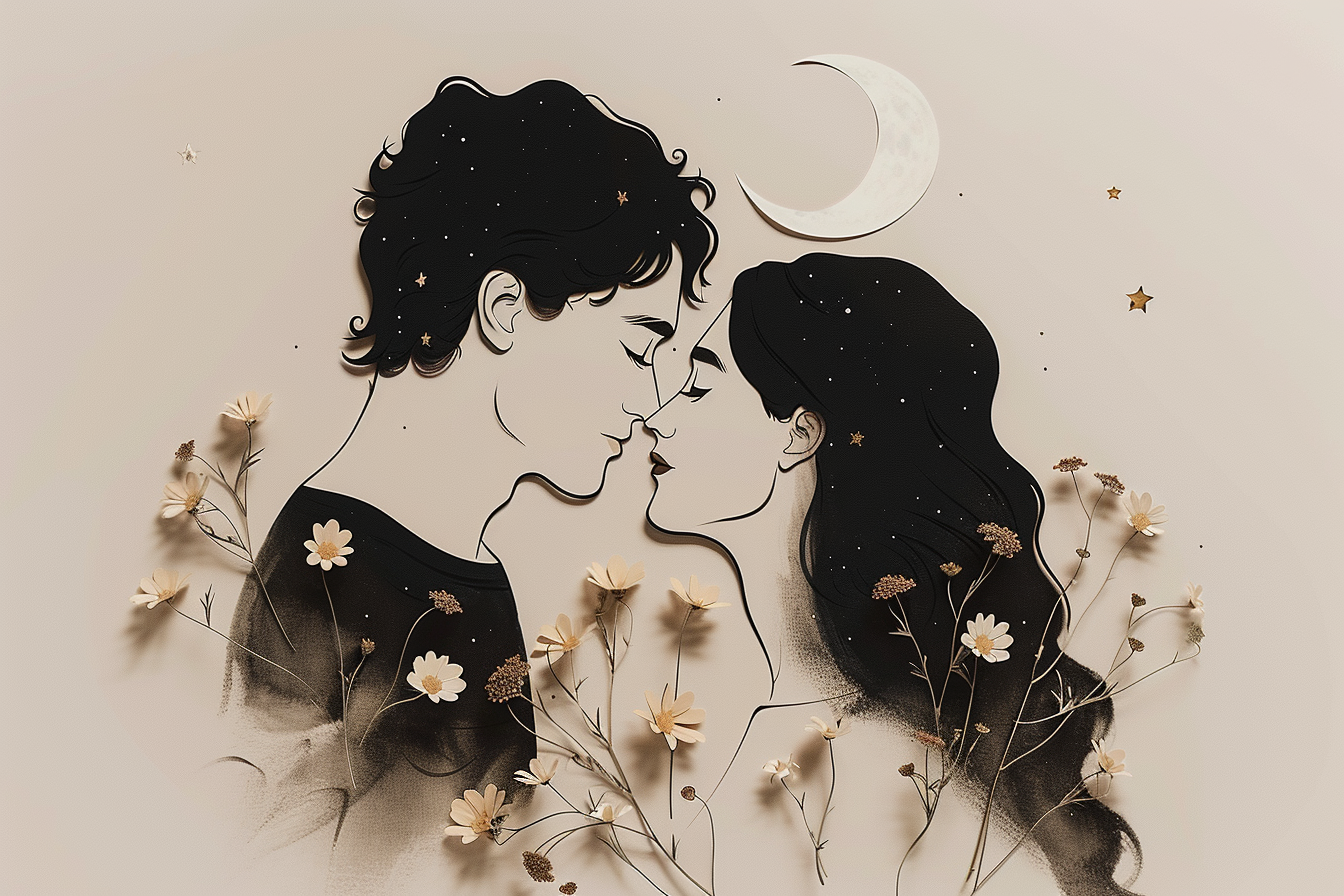 Emotional Understanding: Moon Trine Synastry Aspects Interpreted
Emotional Understanding: Moon Trine Synastry Aspects Interpreted
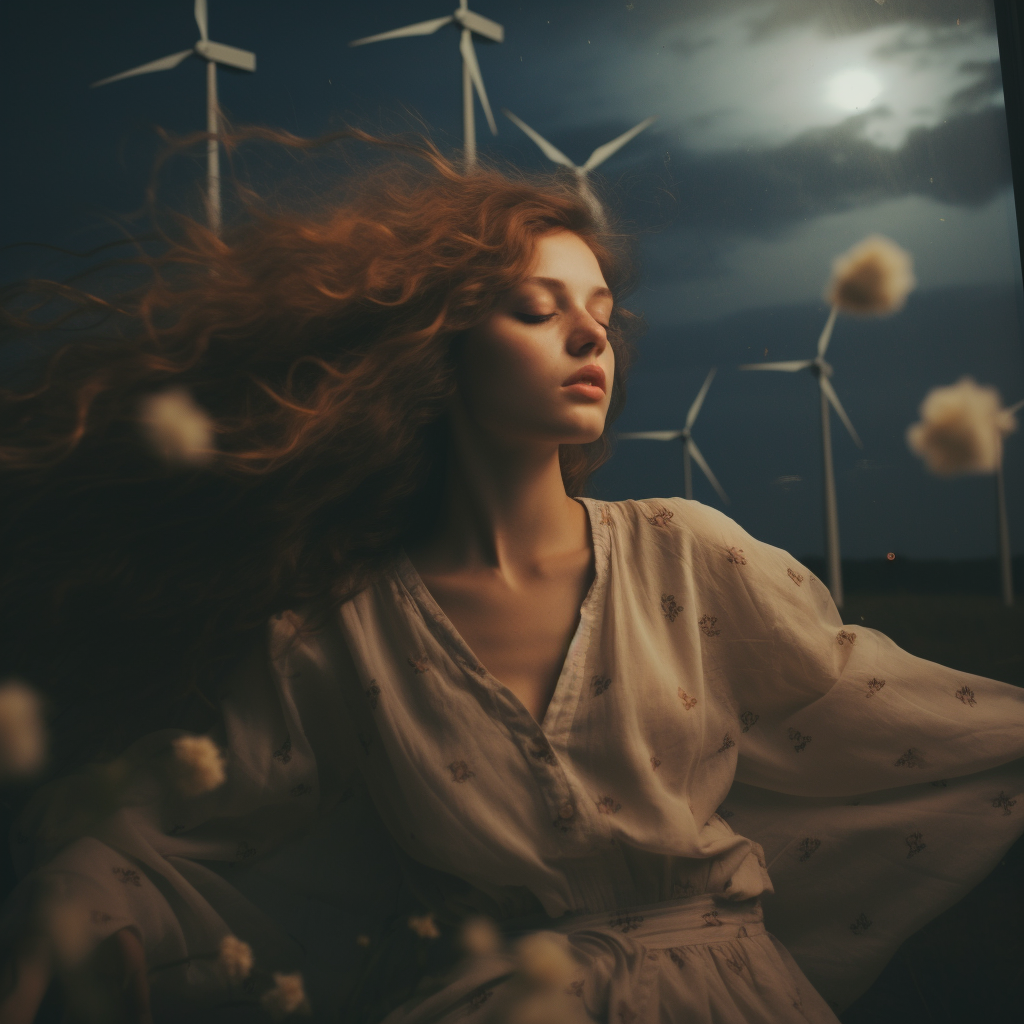 Uranus Transits: 1st House: Winds of Change:
Uranus Transits: 1st House: Winds of Change:
 Venus Conjunct Neptune Synastry: Euphoria and the Aftermath
Venus Conjunct Neptune Synastry: Euphoria and the Aftermath
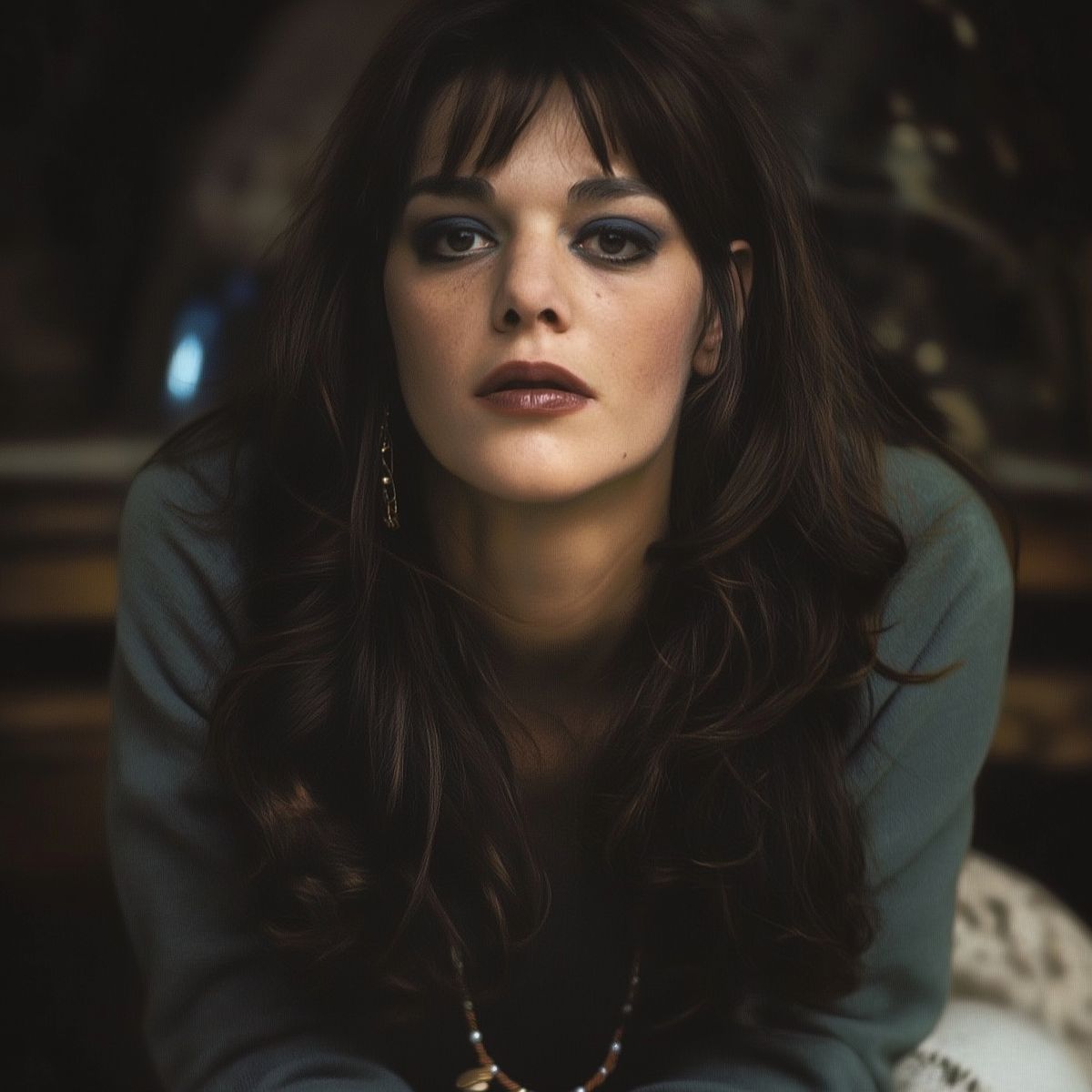 Saturn Transits Mars: When the God of Time Meets the God of War
Saturn Transits Mars: When the God of Time Meets the God of War
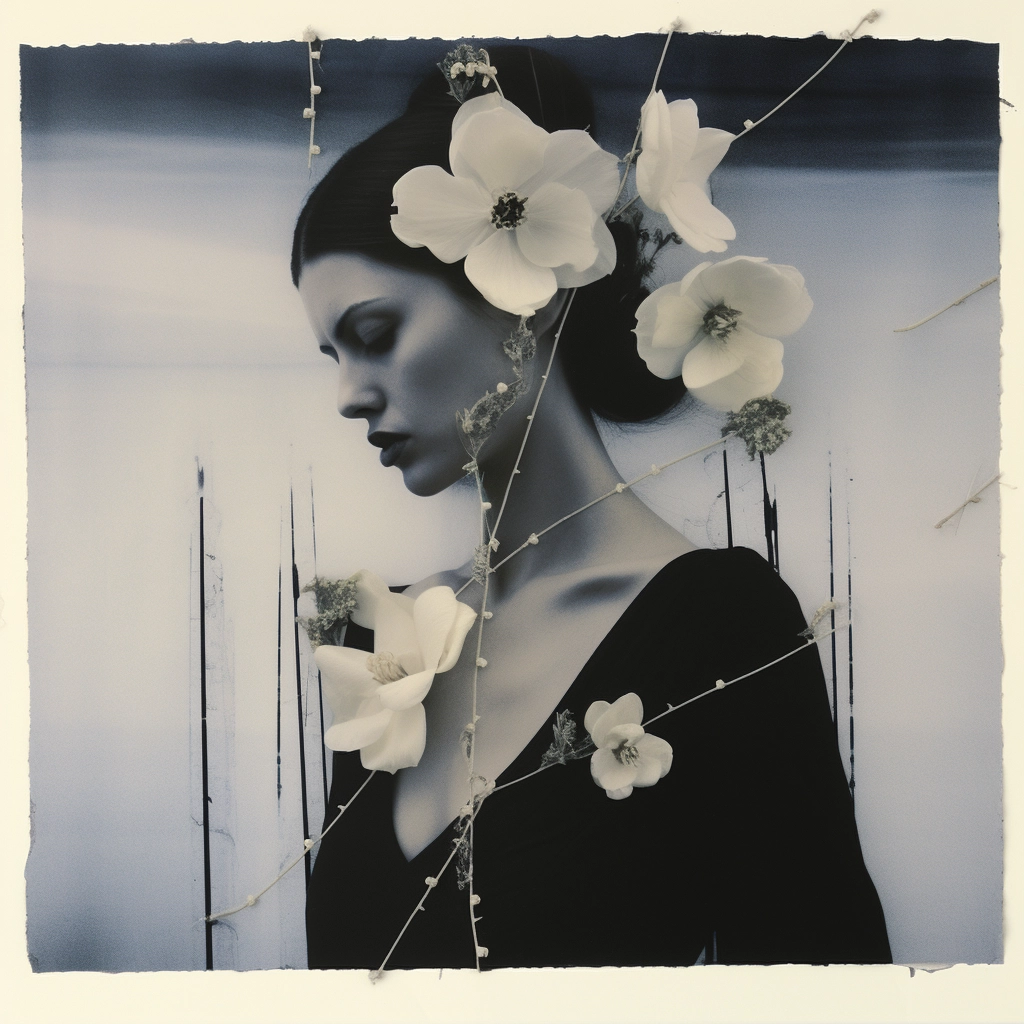 Pluto in Libra in the 2nd House: Lessons on Self-Worth and Financial Independence
Pluto in Libra in the 2nd House: Lessons on Self-Worth and Financial Independence